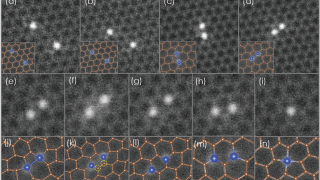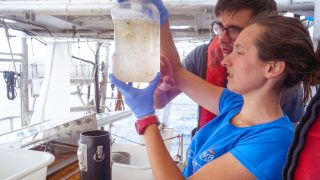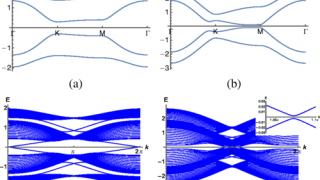
MI weekly selection #300
Flu outbreaks likely influenced by city size, crowding A city itself influences the contours of its flu season – whether flu cases rise to a wintertime peak or plateau from fall to spring. ScienceNews Review shows vitamin D does not prevent falls, fractures A review of data from 81 studies found vitamin D supplements do […]








